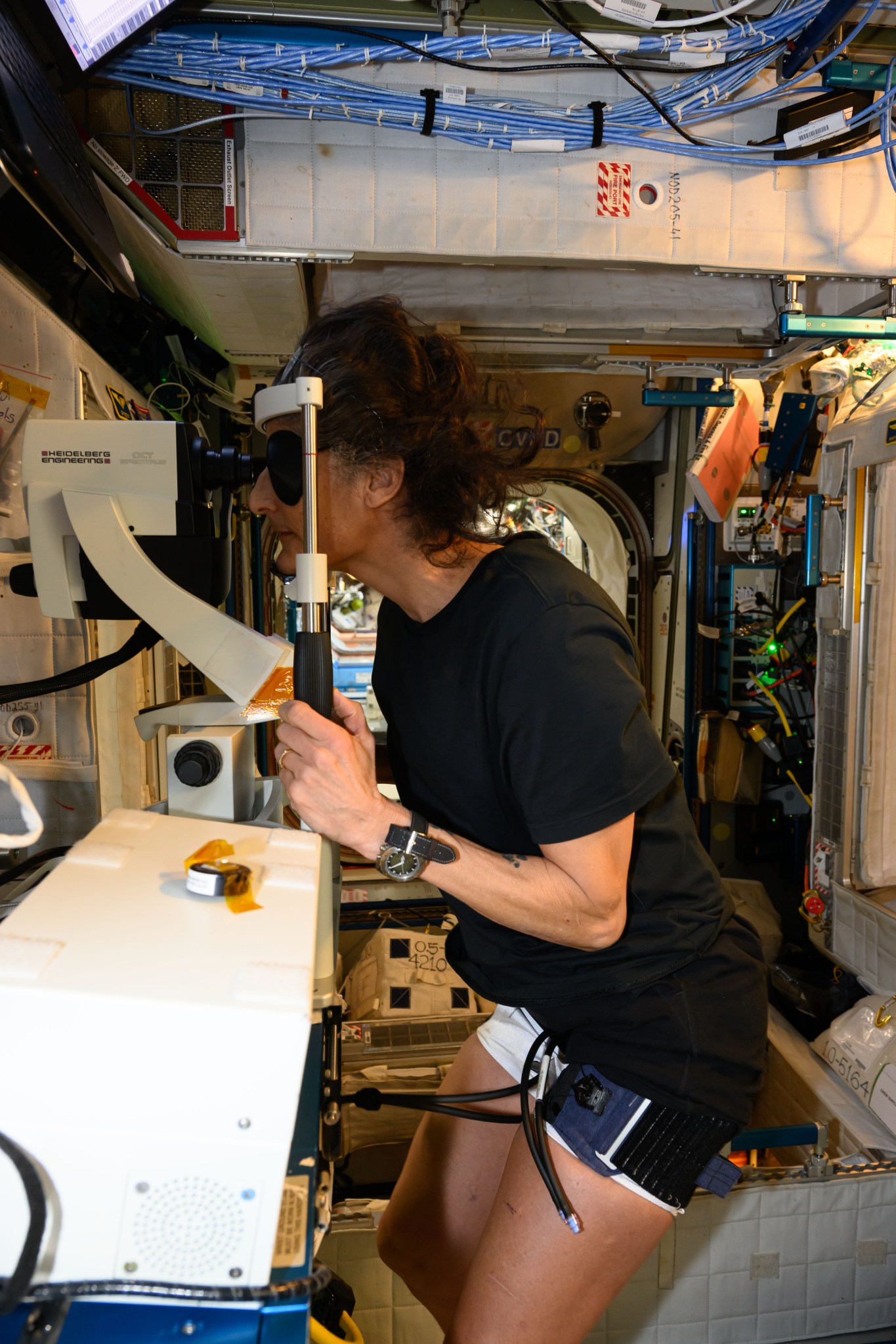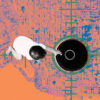NASA and JAXA researchers are exploring significant vision changes experienced by astronauts aboard the International Space Station (ISS). As missions extend beyond six months, astronauts like Jonny Kim have reported needing increasingly stronger reading glasses. This phenomenon is part of a condition termed Space-Associated Neuro-Ocular Syndrome (SANS), which is characterized by swelling in the optic disc and alterations in eye shape.
Understanding SANS and Fluid Shifts
The root cause of SANS appears linked to fluid shifts experienced in microgravity. Blood and cerebrospinal fluid tend to migrate towards the head, potentially leading to increased intracranial pressure. A key investigation, known as the Thigh Cuff study, is examining whether applying pressure to the legs can influence fluid distribution within the body, particularly around the eyes and heart.
If successful, these leg cuffs could provide a simple countermeasure against fluid shifts that lead to vision impairment, benefiting not only astronauts on future lunar and Martian missions but also patients on Earth suffering from various medical conditions involving fluid retention.
Another investigation titled Fluid Shifts, conducted from 2015 to 2020, was the first to reveal modifications in how blood drains from the brain in a microgravity environment. This study paved the way for further research into the relationship between fluid shifts and SANS, utilizing advanced imaging techniques and clinical eye examinations.
Innovative Techniques and Findings
Among the significant findings, researchers used optical coherence tomography to assess the structural changes in the eyes of astronauts. This technique provided insights into the thickness of retinal structures and the optic nerve, enhancing the understanding of SANS. In one published study, scientists emphasized the potential of developing a head-mounted virtual reality display for noninvasive assessments, which could facilitate the diagnosis of SANS.
Additionally, a detailed case study of an astronaut who experienced severe vision changes after a six-month mission highlighted potential environmental factors. Researchers observed that symptoms improved with B vitamin supplementation and reduced carbon dioxide levels when some crew members departed the station. Although this case alone does not establish a direct causal link, it underscores the significance of environmental conditions on astronaut health.
Another investigation, SANSORI, led by the Canadian Space Agency, explored the mechanical properties of eye tissues during spaceflight. This study revealed that long-duration missions could alter the stiffness of eye tissues, a factor associated with various eye conditions on Earth, including glaucoma and myopia.
In a related study, the MHU-8 investigation from JAXA examined genetic changes in mice due to spaceflight, finding alterations in optic nerve and retinal tissue. These findings suggest that artificial gravity may mitigate such changes and could serve as a potential countermeasure for future missions.
As research continues, the collective findings from these studies aim to enhance our understanding of vision impairments in space. They hold promise not only for improving astronaut health during missions but also for addressing eye-related conditions affecting individuals on Earth.
The ongoing investigations reflect a commitment to ensuring the well-being of astronauts as humanity prepares for more extensive exploration of the Moon and Mars. With innovative approaches and collaborative efforts, NASA and JAXA are paving the way for future discoveries in space health.







































































